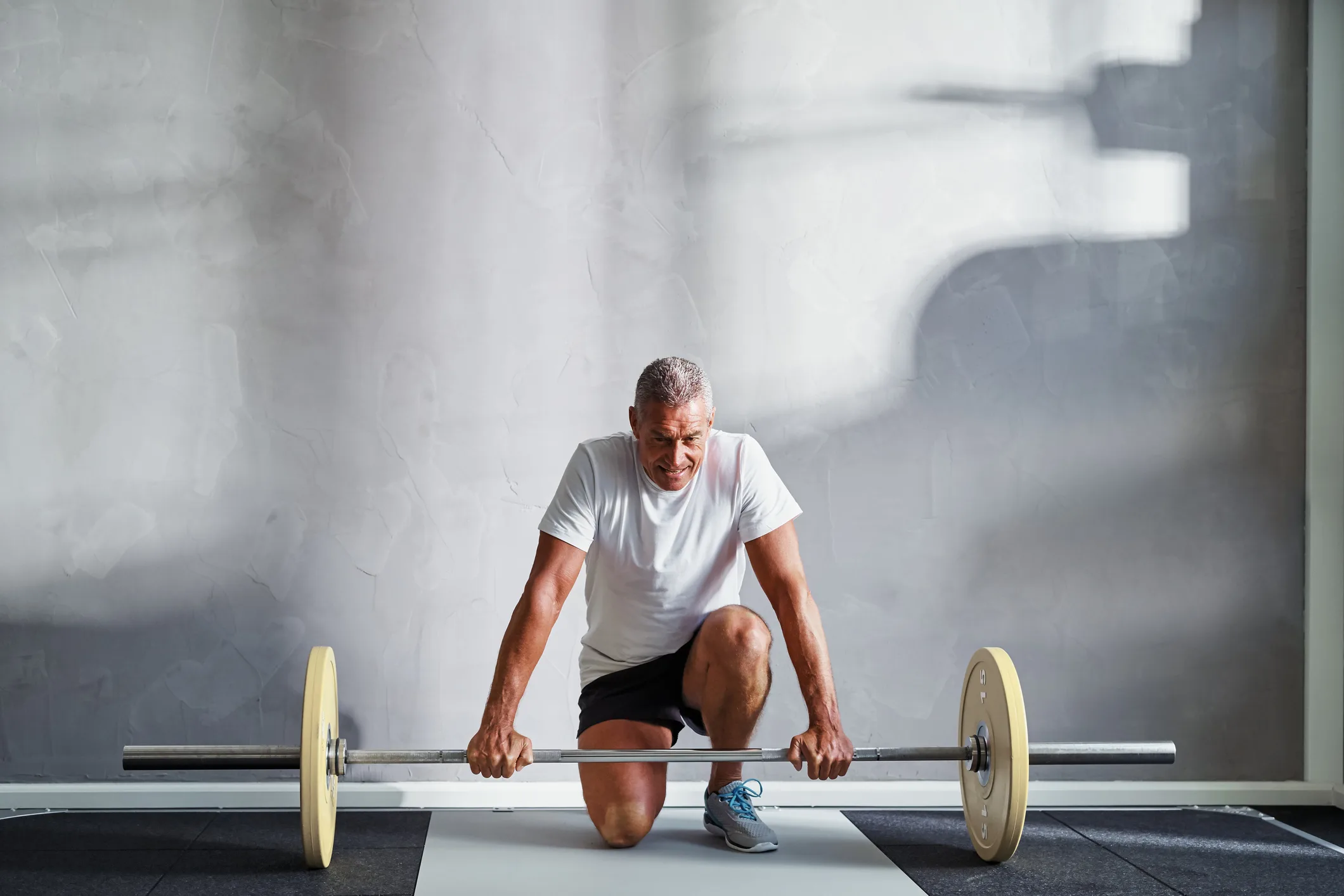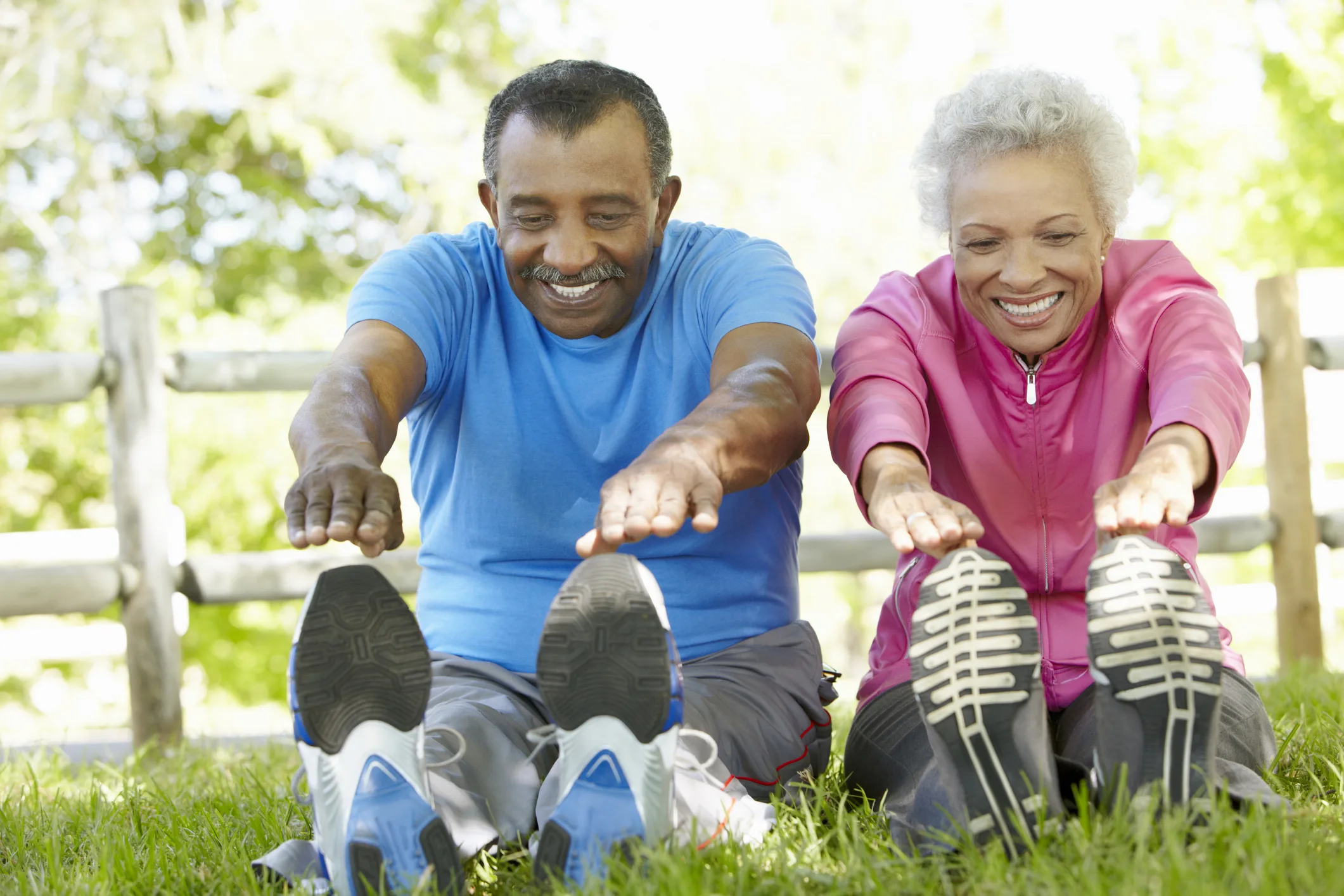The notion of “exercise” can sometimes conjure images of grueling gym sessions and the relentless pounding of a treadmill. But there’s a way for older adults to boost their health and well-being that feels less like a chore and more like a celebration: the wonderful world of dance. It moves beyond any preconceived notions of needing to be a professional; if someone can tap their foot to a beat, they’re already halfway there. Dancing, in all its glorious forms, is a fantastic and accessible way for older adults to inject vitality and joy into their lives.
Beyond the Ballet: A World of Rhythmic Possibilities
Now, some might picture graceful ballerinas or hip-hop dynamos, thinking, “That’s not for them!” But the beauty of dance lies in its incredible diversity. Whether an individual fancies the gentle sway of line dancing, the expressive freedom of improvisational movement, the cultural richness of folk dances, or even just putting on their favorite tunes and boogying around their living room, there’s a style out there to get their body moving and their spirit soaring.
Stepping Lively: The Physical Payoffs
The physical benefits of dancing are as varied as the dance styles themselves. It’s a fantastic way to improve cardiovascular health without the high impact of some other exercises. Regular dancing strengthens muscles, enhances balance and coordination (crucial for staying steady on one’s feet), and increases flexibility. Think of it as a fun way to keep the body feeling younger and more agile, making everyday tasks feel a little less… well, task-like. Individuals might even find themselves navigating those tricky grocery store aisles with a newfound sense of grace.
Brain Power on the Dance Floor
But the magic of dance extends far beyond the purely physical. It’s a powerful workout for the brain too! Learning new steps and sequences, remembering patterns, and coordinating movements all help to keep cognitive skills sharp. It’s like a joyful mental gymnastics session that can boost memory, focus, and even problem-solving skills. Who needs brain-training apps when they’ve got the cha-cha slide?
The Happy Hormone Highway
And let’s not forget the sheer, unadulterated joy that comes from moving one’s body to music. Dancing is a fantastic stress reliever. As someone gets lost in the rhythm, their body releases those feel-good endorphins, leaving them feeling happier, more relaxed, and with a renewed sense of energy. It’s hard to dwell on worries when lost in the joy of a jig or the sway of a waltz (even if it’s just in their kitchen!).
Social Steps: Connecting Through Movement
For many older adults, the social aspect of dancing is a significant draw. Joining a dance class or group provides a wonderful opportunity to connect with others, build new friendships, and combat feelings of loneliness. It’s a chance to share laughter, learn together, and become part of a supportive community. Plus, having a regular dance outing is a fantastic way to add some sparkle to the social calendar – much more exciting than another afternoon of daytime television.
Embracing the Stumbles and the Strides
Of course, starting any new activity might come with a few giggles and maybe a misstep or two. Individuals might find themselves momentarily channeling their inner Gumby when trying a new move, or perhaps their sense of rhythm feels like it’s operating on its own time zone. But that’s all part of the fun! The beauty of dance is in the journey, the shared laughter over a stumble, and the gradual discovery of one’s own unique rhythm.
Takeaway
So, whether someone is drawn to the elegance of a waltz, the energy of salsa, or the simple pleasure of swaying to their favorite tunes, they shouldn’t let age be a barrier. They should embrace the joy of movement, the rhythm of life, and the wonderful wellness benefits that dance has to offer. They can lace up those shoes (or go barefoot!), turn up the music, and let their body and spirit soar. Who knows? They might just discover a lifelong passion and find themselves dancing their way to a happier and healthier life.
Source:











